Introduction to Food Safety
Food safety is often taken for granted, with most people relying on basic practices and following essential hygiene standards without giving the second thought about the meaning of these rituals. However, in order to avoid multiple health complications and diseases, particularly, foodborne ones, it is vital to approach the issue of food safety with due seriousness, which has been one of my key principles of managing food. Food safety practices may vary depending on the availability of resources, cultural practices, and other factors, yet critical steps regarding the promotion and maintenance of safe food are largely the same across all cultures and economic backgrounds. Specifically, the sanitation issue and the concept of edibility should be mentioned first as the foundational notions supporting food safety. By introducing techniques rooted in the concepts of sanitation and nutritional value of food, one can enhance the extent of food safety to a significant extent.
How Food Can Become Contaminated in the Home Kitchen
The phenomenon of contamination is often linked to the idea of food being poisoned by unsanitary and often dishonest practices for managing food items. However, food items may become extraordinarily unsafe even in the confinements of one’s own kitchen unless stored in a proper manner (Okpala & Ifeoma, 2019). Specifically, in the kitchen setting, food can become contaminated in three key ways (Okpala & Ifeoma, 2019). These include food-to-food, person-to-food, and equipment-to-food contamination instances (see Fig. 1) (Okpala & Ifeoma, 2019). The first type implies exposing healthy food to the one that contains certain contaminants, for instance, due to spoilage (Okpala & Ifeoma, 2019). The second type of contamination occurs if the person cooking the food fails to meet essential sanitary standards and transfers contamination from oneself, mostly, from one’s hands, to the food (Okpala & Ifeoma, 2019). Finally, the third type can be observed in the setting where the equipment for food preparation has been contaminated due to lack of hygiene (Okpala & Ifeoma, 2019). Having observed the environment in which I typically cook, I have realized that even in the confinements of my personal kitchen, food is not safe from being exposed to dangerous bacteria. Namely, while my kitchen is generally clean, I tend to skip washing my hands after touching items brought from the store.

Safe Purchasing Practices
Even though kitchen contamination is possible, most of the instances of food being subjected to germs and harmful bacteria occur prior to them being delivered to one’s kitchen. Therefore, it is vital to maintain safe purchasing practices when buying food. As a rule, when shopping, I make sure that food packaging does not have any rips or tears in it since the specified issues may cause further contamination, as well as molding (Byakika et al., 2019). Additionally, when buying frozen food, I take proper care to check that the purchased items are not thawing (Byakika et al., 2019). The presence of thawing indicates that certain bacteria may have launched the process of product decomposition and rotting (see fig. 2) (Byakika et al., 2019). Furthermore, eggs must be checked for cracks, which are likely to lead to contamination. Finally, the process of transporting the groceries requires that they should not be placed under high temperature during transportation, and that the process of taking them home should not involve squashing or dropping them.
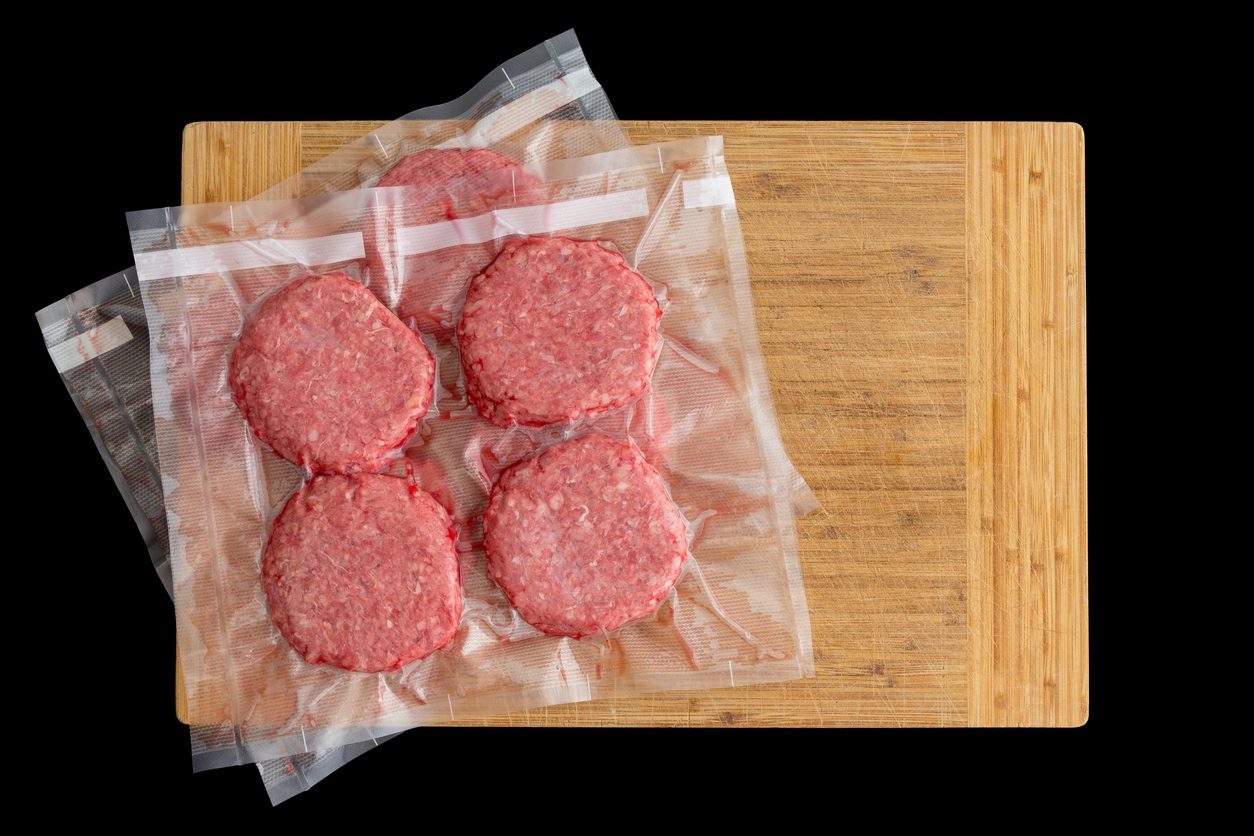
Safe Storage Practices
Overall, it is recommended that food items should be stored in the refrigerator, save several exceptions. The latter include products such as potatoes, honey, onion, and garlic (Bierma et al., 2019). Therefore, the purchased products must remain in the refrigerator or in specific storage areas, which may be unique for each food item. For instance, basements and similarly cold and humid places are typically recommended for potatoes (Bierma et al., 2019). However, since I do not have one, I prefer to keep such food in the fridge. Canned foods that do not require specifically cold treatment should be contained in a pantry, which I typically stack with canned fruit and vegetables (Bierma et al., 2019). For some products, such as eggs, rotation is necessary to keep them fresh and edible (Bierma et al., 2019). Namely, the first-in-first-out (FIFO) method is typically recommended for frozen food, as well as refrigerated items such as eggs (see Fig. 3) (Bierma et al., 2019). Specifically, the FIFO method suggests that items need to be used in the order in which they were placed. Unfortunately, I often forget to rotate eggs, which is why I tend to buy them in small amounts. Finally, being aware of the expiration dates for the purchased products is critical to keeping the food safe and edible, which makes me keep reminding myself about making a list of expiration rates for each product.
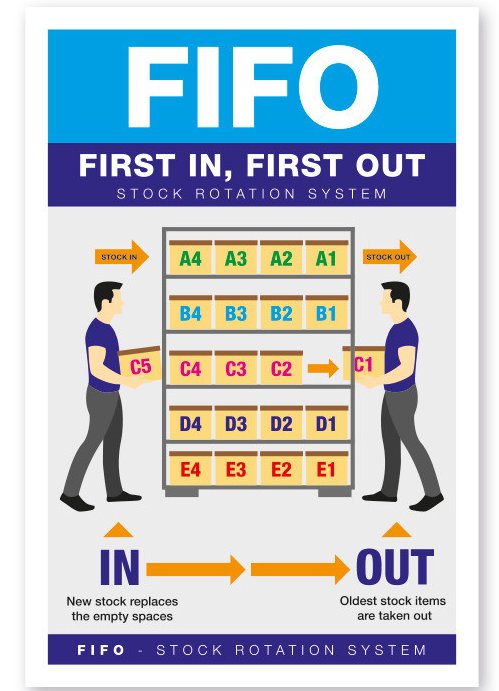
Safe Preparation Practices
During the cooking process, food becomes exposed to external factors, which is why one must apply proper safety precautions. Namely, it is critical that the food is prepared by someone who has the necessary skills and sanitation requirements. Additionally, wearing clean and tight-fitting clothes that will not catch fire accidentally due to the exposure to heat (Dominguez-Hernandez et al., 2018). Furthermore, keeping hair up and in a tight hairdo is essential to avoid loose hairs contaminating the food (Dominguez-Hernandez et al., 2018).Similarly, handwashing is a vital sanitation measure, requiring rubbing hands against each other with the soap and cleaning under the nails and between fingers meticulously (see Fig. 4). Finally, one must be aware of key cooking temperatures for meat (145º-160ºF), eggs (160ºF – until the egg yolk is white), leftovers of any type (165ºF), and seafood (cooking until opaque) (Dominguez-Hernandez et al., 2018). The specified techniques will allow me keeping the fishes safe for consumption.
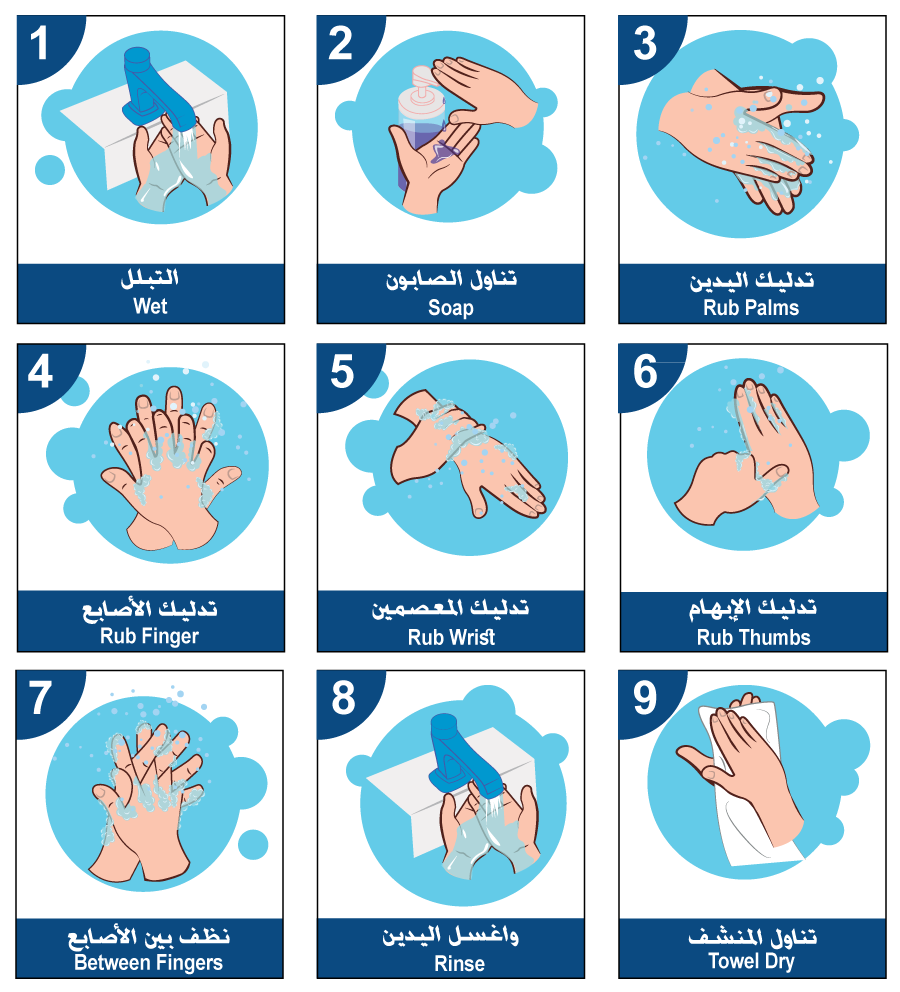
Safe Serving Practices
The requirements for safe food serving might seem self-explanatory, yet being aware of them makes the process significantly safer since it allows avoiding accidents related to food contamination and similar issues. Specifically, the person serving food must ensure that their hands, as well as any tool used for food serving, such as cutting boards and plates, is completely clean. Furthermore, during parties and buffets, separating different types of products is highly recommended (Moody et al., 2018). Specifically, raw meat must be placed aside from the food items that have been prepared and are ready to eat (see Fig. 5) (Moody et al., 2018). Moreover, when cooking food in advance, one must separate the prepared food by splitting it into different containers. Furthermore, warm food must be stored at 140ºF, whereas cold foods must remain no warmer than 40ºF (Moody et al., 2018). The specified technique will allow maintaining the food fresh and safe.
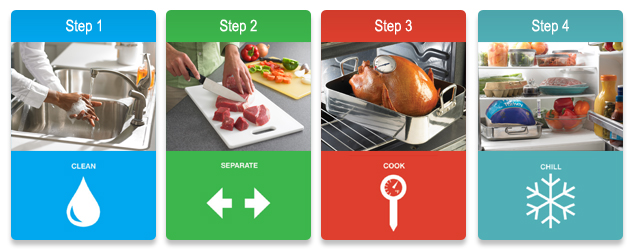
Household Food Safety
The recommendations provided above cover the essentials of safe cooking. However, to minimize household-specific threats, one should also consider additional safety precautions. For example, it is vital to keep the food that may pose danger to children, such as food composed of small hard chunks that represent a choking hazard, in the p-laces that children cannot reach. Additionally, I strive to follow hygiene practices associated with washing food properly and keeping it clean while it is stored, such as wiping food containers regularly (see Fig. 6). For those having difficulties identifying proper food safety techniques, resources provided by the Centers for Disease Control and Prevention (CDC) can be advised. Furthermore, in case a foodborne disease is suspected, poison control line must be advised (US:1-800-222-1222 or contacting experts via the site) (“Contact us,” n.d.). Finally, if the food appears to be unsafe, Food Safety and Inspection Service (n.d.) must be contacted immediately.
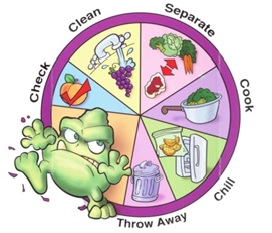
References
Bierma, T. J., Jin, G., & Bazan, C. N. (2019). Food donation and food safety: Challenges, current practices, and the road ahead. Journal of Environmental Health, 81(10), 1-7.
Byakika, S., Mukisa, I. M., Wacoo, A. P., Kort, R., Byaruhanga, Y. B., & Muyanja, C. (2019). Potential application of lactic acid starters in the reduction of aflatoxin contamination in fermented sorghum-millet beverages. International Journal of Food Contamination, 6(1), 1-8.
Contact us. (n.d.). Poison Control.
Dominguez-Hernandez, E., Salaseviciene, A., & Ertbjerg, P. (2018). Low-temperature long-time cooking of meat: Eating quality and underlying mechanisms. Meat Science, 143, 104-113.
FIFO – First in, first out stock rotation staff guidance poster. (n.d.). [Photograph]. MiletaSigns.
Food Safety and Inspection Service. (n.d.). Report a problem with food.
Food safety. (n.d.). [Image]. MYHMC.
Hand washing procedure. (n.d.). [Image]. NefChem.
How to get your California food handler card. (n.d.). [Photograph]. BoltStaffing.
How to preserve fresh meat: Rules and tips to make it last long. (n.d.). [Photograph]. StatisFanpage.
Moody, K. M., Baker, R. A., Santizo, R. O., Olmez, I., Spies, J. M., Buthmann, A.,… & Carroll, A. E. (2018). A randomized trial of the effectiveness of the neutropenic diet versus food safety guidelines on infection rate in pediatric oncology patients. Pediatric Blood & Cancer, 65(1), 1-8.
Okpala, C. O. R., & Ifeoma, M. E. (2019). Food hygiene/microbiological safety in the typical household kitchen: Some basic ‘Must Knows’ for the general public. Journal of Pure and Applied Microbiology, 13(2), 697-713.
Pickles, K. (2016). Food contamination [Photograph].